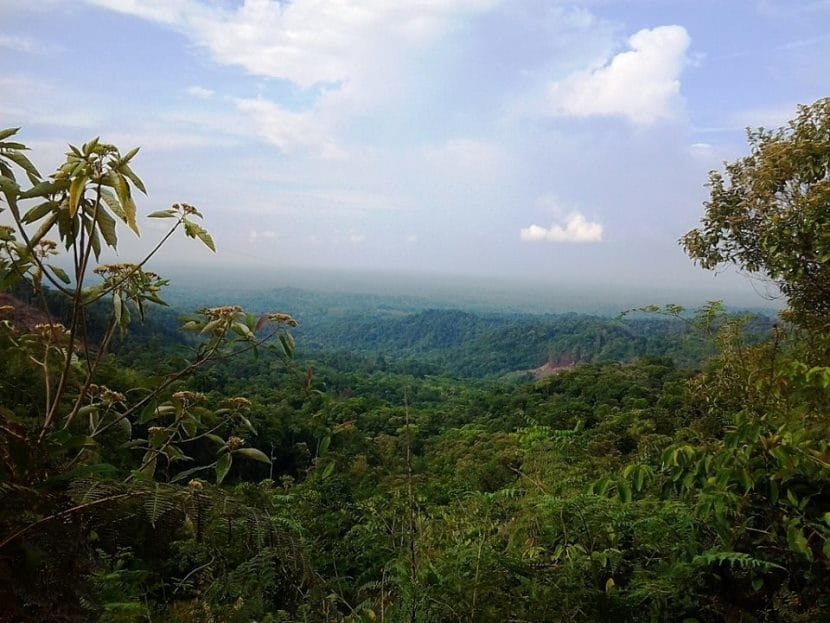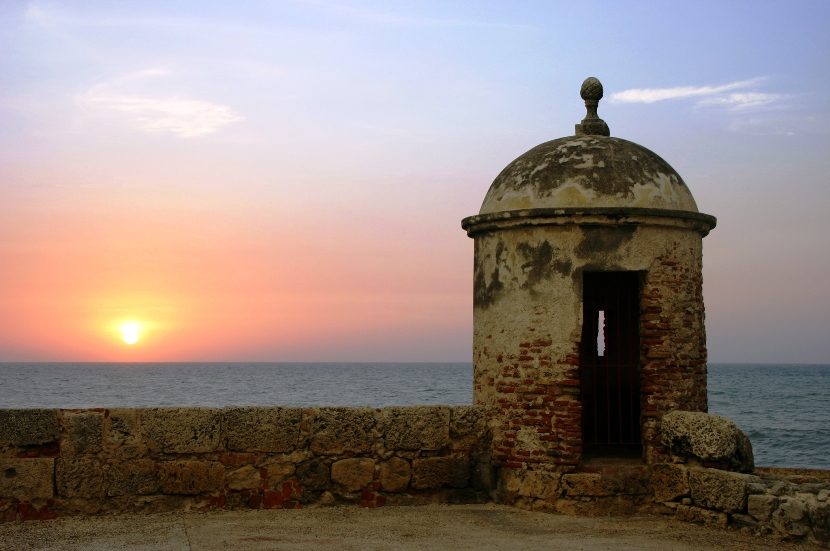
Colombia is the fourth nation in terms of extension in Latin AmericaTo give you an idea, within its continental part there are two Spains and due to its great extension, there are several regions of Colombia that are well differentiated.
The country is crossed by the Andes mountain range and the Amazon plain, and it is the only country in South America with coasts on the Atlantic and Pacific oceans. Without further ado, we are going to learn a little more about the regions of Colombia and their particularities.
The 5 regions of Colombia
The five major regions of Colombia consist of:
- The Andean region
- Caribbean
- The Pacific
- The Orinoquía region
- The Amazon.
Each of the regions of Colombia is politically organized into departments, which in turn are divided into municipalities, and which have a departmental capital. In total there are 32 departments, which make up Colombia. I give you a few more details about each of these regions and their departments.
Andean region, or the golden triangle

How can you imagine the Andean region is dominated by the Andes mountain range, it is the most populated in the country, and within it are the most important cities: Bogotá, Medellín and Cali, hence it is known as the golden triangle. It is also the area of the main national parks of the country.
I will now list the departments of this region with their respective capitals in parentheses:
- Antioquia (Medellín, the city of eternal spring)
- Boyacá (Tunja), Caldas (Manizales, in the heart of the coffee region)
- Cundinamarca (Bogotá, capital of the country)
- Huíla (Neiva)
- North of Santander (Cúcuta, border with Venezuela)
- Quindio (Armenia)
- Risaralda (Pereira)
- Santander (Bucaramanga)
- Tolima (Ibague)
Caribbean region, where the most beautiful becomes the most

The northern area of Colombia is the one that is bathed by the Caribbean Sea, and in it are some of the most famous white sand beaches, and the one they say is the most beautiful city of all: Cartagena de Indias, UNESCO itself defines it as the most beautiful city in Latin America ... I will not be the one to say otherwise. In this region we can also find the archipelagos of San Andrés and Providencia. Curiously, you can also visit the Sierra Nevada de Santa Marta, the highest coastal mountain in the world that has the characteristic colombian relief.
Following the same line, I detail the departments that make up the Caribbean region with their capitals:
- Atlantic (Barranquilla)
- Bolivar (Cartagena de Indias)
- Cesar (Valledupar)
- Cordoba (Montería)
- La Guajira (Riohacha), Magdalena (Santa Marta)
- San Andrés, Providencia and Santa Catalina (San Andrés)
The Pacific, the great diversity
The Colombian Pacific is one of the regions of Colombia that offers the greatest diversity in the world, with one of the highest rates of species per square meter. The region is home to seven natural parks, a flora and fauna sanctuary, on Malpelo Island, and as if that were not enough there are humpback whale sightings, between July and November, you can contemplate them. The majority of Colombian Afro-descendants settle in its territory.
The departments of the Pacific Region are:
- Choco (Quibdo)
- Cauca Valley (Cali)
- Cauca (Popayan)
- Nariño (Pasture)
La Orinoquía, where the horizon is infinite
The Orinoquía is the area of the eastern plains, it sits around the Orinoco River. It is in this region where the kilometer zero of Colombia is, its geographical center, in Puerto López. In the Sierra de la Macarena you will find Caño Cristales, which they call the river of the gods or of the five colors, because thanks to the aquatic plants that are in it there are areas of different colors, which produce the sensation of being in front of a melting rainbow.
The departments of this region are:
- Goal (Villavicencio)
- Vichada (Puerto Carreno)
- Casanare (Yopal)
- Arauca
The Amazon, pure jungle with too many interests

Lastly, there would be the departments of the Amazon region, which are traditionally:
- Amazon (Leticia)
- Caquetá (Florence)
- Guainia (Puerto Inirida)
- Guaviare (San Jose)
- Putumayo (Mocoa)
- Vaupes (Mitu)
But some municipalities in the departments of Nariño, Cauca, Meta and Vichada are also considered, which administratively belong to the Orioquía region.
This region, being the largest in the national territory, since it enters the Amazon jungle, is the least populated area, perhaps because it is the most forested. Unfortunately, most of the economic activities that are carried out in the Amazon today do not maintain harmony with the landscape or with its native inhabitants.
As you can see, Colombia is tremendously diverse, and remember that it is a multi-ethnic nation with 84 recognized indigenous peoples, 60 native languages, and an Afro-descendant population that, being a minority, exceeds 10% of the total population.
Indigenous territories within the departments
I told you that these are the regions of Colombia, with the departments and their capitals, there is also a recognition for indigenous territories since the 1991 Constitution.
These indigenous territories in Colombia are created by mutual agreement between the government and indigenous communities. If these cover more than one department or municipality, the local governments administer them jointly with the indigenous councils. In addition, these indigenous territories can become a territorial entity if they meet certain requirements. The indigenous territories cover an approximate area of almost 31.000 hectares, and are mainly found in the departments of Amazonas, Cauca, La Guajira, Guaviare and Vaupés.
Political organization of the departments
Continuing with the Colombian territorial political organization, it is good that you know that each department has a departmental assembly, of between 11 and 50 deputies, elected in elections every 4 years, with administrative autonomy and its own budget. The governor or governor is directly elected democratically, all Colombian people over 18 years of age, residents of the department, even if they were born in another, with a citizenship card and credential can vote. The governor cannot stand for reelection.
I hope that with this information you can better position yourself on the political and geographical map of Colombia, a country as beautiful as it is diverse from which we hope we have taught you many things about Regions of Colombia.
